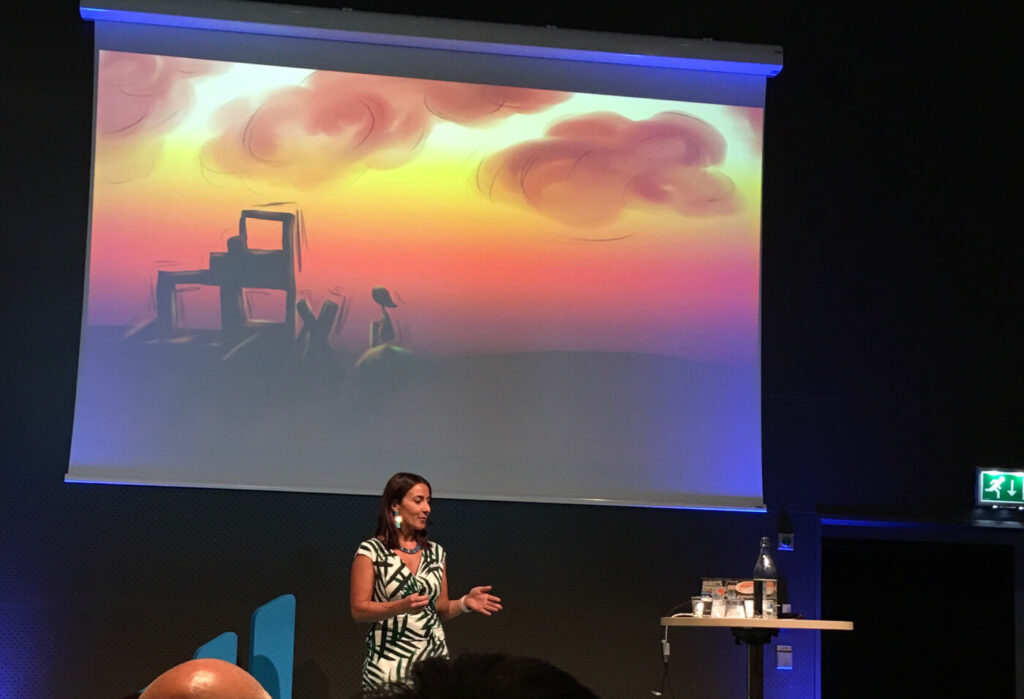The recording of the podcast Kodsnack at the tech conference TechWorld Summit in Stockholm June 12, 2018.
Iris Classon looked into my eyes and said “You can’t sprint a marathon”, talking to me slowly so I would really understand. She and others had been let down by agile methods and leaders and she is rightfully upset. But I do understand, I really know what working without recovery will lead to. It hurts to hear her story, because we have failed as agile leaders when we let this happen.
Iris is a young, experienced developer. She had just held her talk at the Tech World Summit, sharing her story of barely surviving burn-out, directly related to her work situation. Pointing at the agile methods of slicing the bigger problem into two week chunks, Iris and her team delivered at 110%, sprint after sprint, with quickly growing technical debt and no time for personal development.
Retrospective – Listen and Act
The situation did not change until a senior agile leader came into their team. Introducing real retrospectives, where they used creativity and playfulness to get the team members to start sharing. And then, they started actually acting on the problems that surfaced.
She was blaming agile, but you can’t call it agile if you skip retrospectives, if you let technical debt grow, if developers are not allowed to get to know the needs of the end-user. Without sustainable leadership, any method will drive people into burn-out.

See Each Individual
The powerful unit of agile is the cross-functional team, and a team consists of great and curious individuals. You need to invest in creating the psychological safety for everyone in the team, not only to boost creativity and innovation, but to make sure people speak up when things get tough. You need to find out what makes each and every member grow and be happy.
Create Psychological Safety
Last Monday I had lunch with the participants in the class of “Psychological Safety” at Citerus. One of them said her team was quiet during each retrospective, so she was grateful to learn tools and techniques to get people into the zone where it would be safe to start sharing. If you observe the silence, if you want to prepare the team for a major change, if you want to have tools and talk to others about this, sign up for the open class of Psychological Safety.
If you have any remaining doubts regarding the importance of psychological safety, or if you need to get some reliable source convince someone else, you will find the 200+ interview study What makes a Google team effective? interesting.
Assume Responsibility
We need to take our responsibility, speak up and act. We do not have to keep losing people to burn-outs. Take no short-cuts with the agile methods, they include a safety net and springboard for the team and the people in it, it’s as easy as that.
